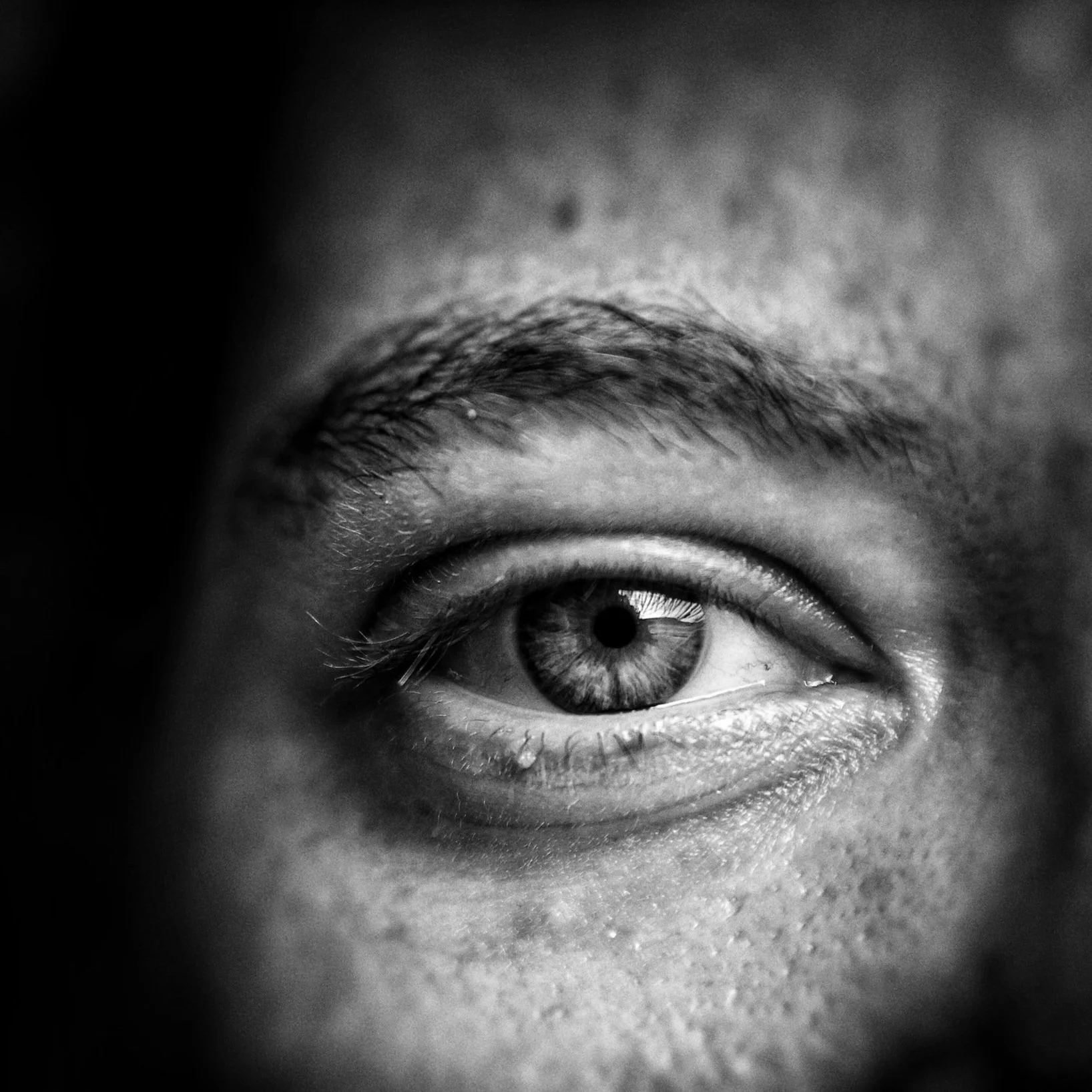Dry Eye
Dry Eye Disease (DED) is a common condition that affects many individuals, causing discomfort and fluctuating vision. It occurs when the eyes do not produce enough tears or when the tears evaporate too quickly. Here is an overview of the current management strategies for Dry Eye Disease:
Understanding Dry Eye Disease
Dry Eye Disease can result from various factors, including environmental conditions, prolonged screen time, aging, certain medications, and underlying health conditions. Symptoms may include dryness, irritation, redness, blurred vision, and a feeling of something in the eye.
Lifestyle Modifications
Blink more frequently, especially when using digital devices, to help maintain eye moisture. Use humidifiers to add moisture to the air and reduce eye dryness. Wear sunglasses to protect eyes from wind and sun exposure.
Over-the-Counter Treatments
Artificial tears are a common first-line treatment to lubricate the eyes and alleviate symptoms. Preservative-free formulations are recommended for frequent users to avoid irritation.
Prescription Medications
Eye doctors may prescribe medicated eye drops such as Cyclosporine or Lifitegrast, to reduce inflammation and increase tear production. In some cases, oral medications like tetracyclines may be used to manage specific types of DED.
Nutritional Supplements
Drink plenty of water to maintain sufficient hydration. Omega-3 fatty acids, found in fish oil supplememtns, may help improve eye lubrication and reduce inflammation.
In summary, managing Dry Eye Disease invloves a combination of lifestyle changes, over-the-counter solutions, prescription medications, and, in some cases, advanced treatments. The Eye Center ulitilizes the most advanced tools to optimize your health and well being

